Finding Wild Horses
To spend time with wild horses is an experience you will never forget,
and it will forever change you
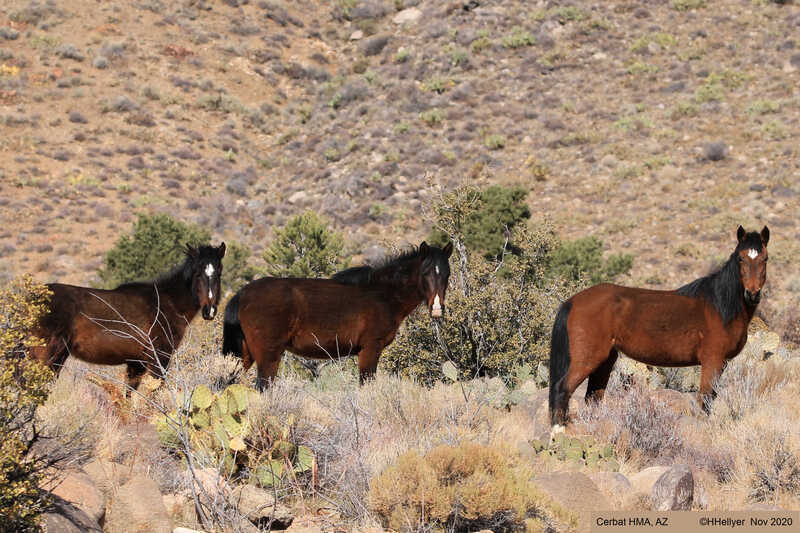
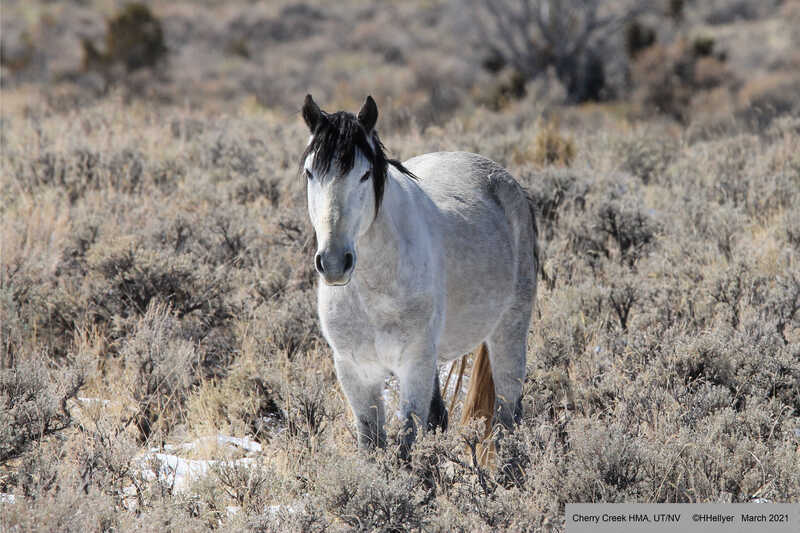

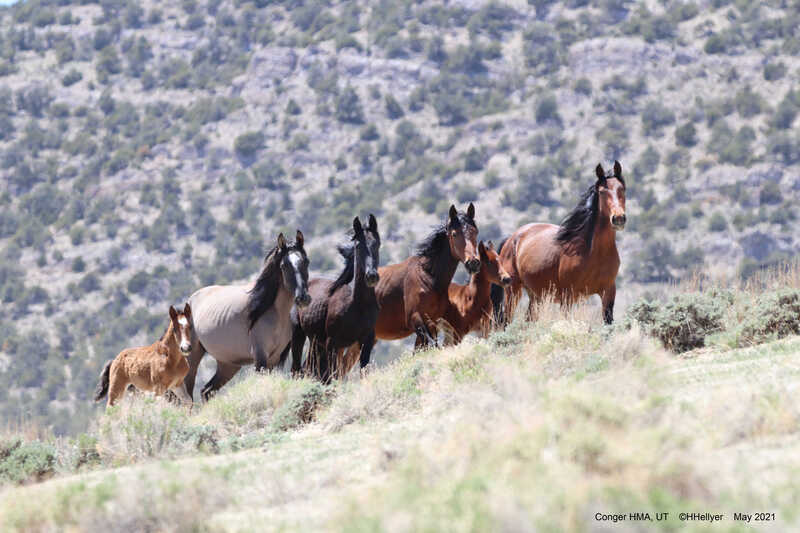
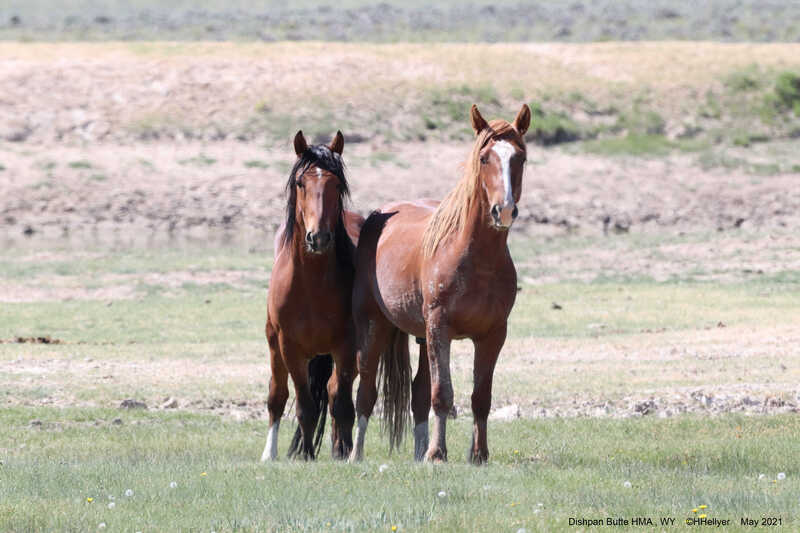
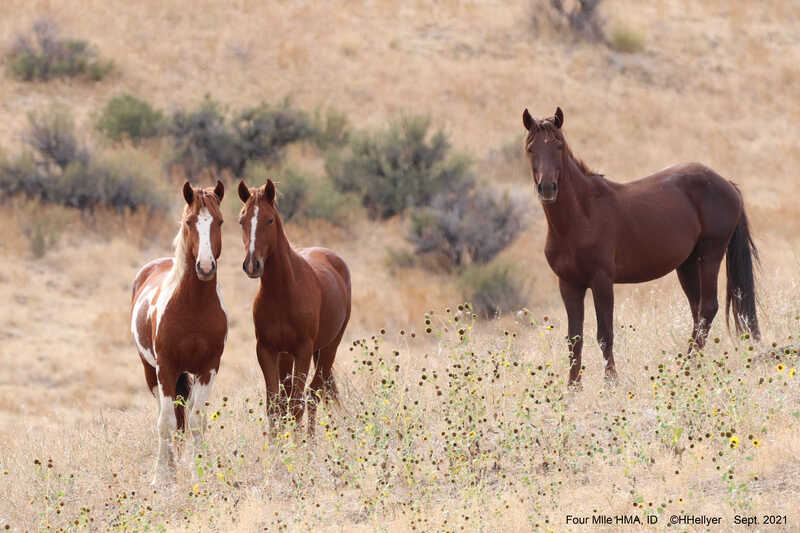
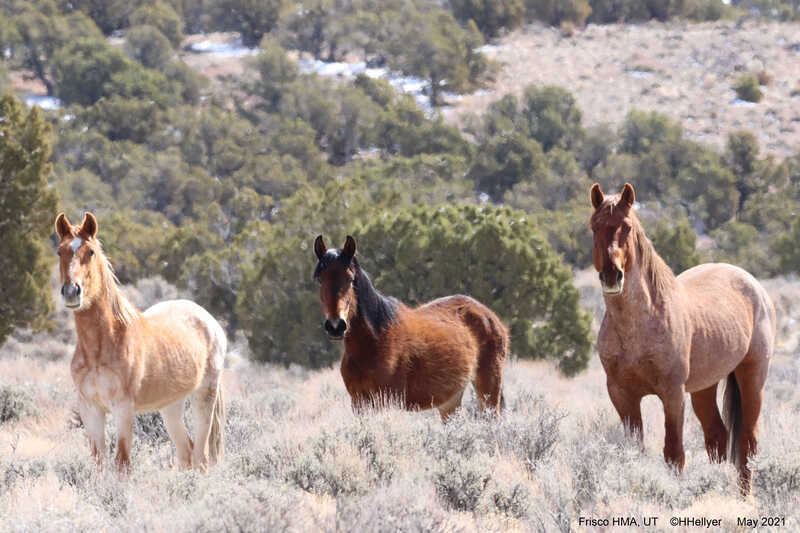
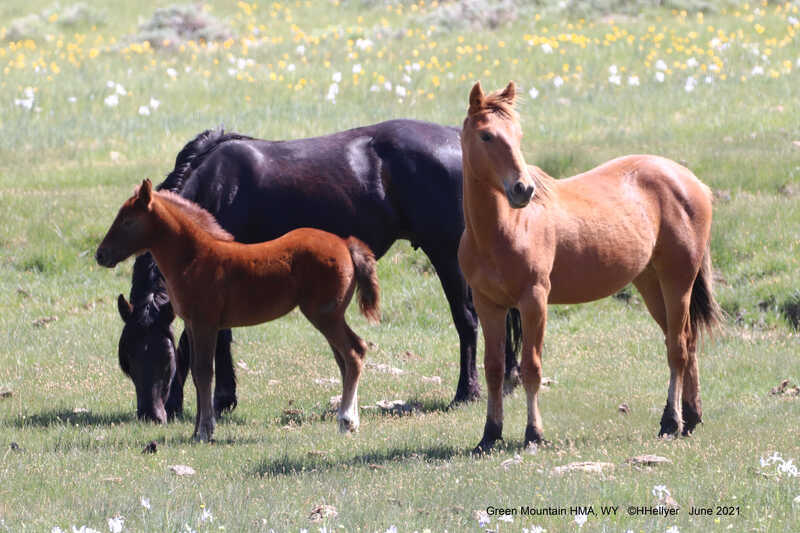
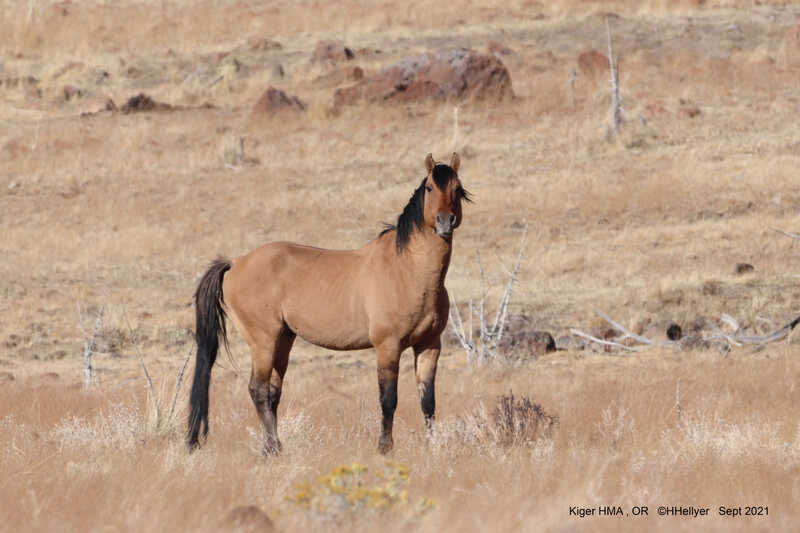
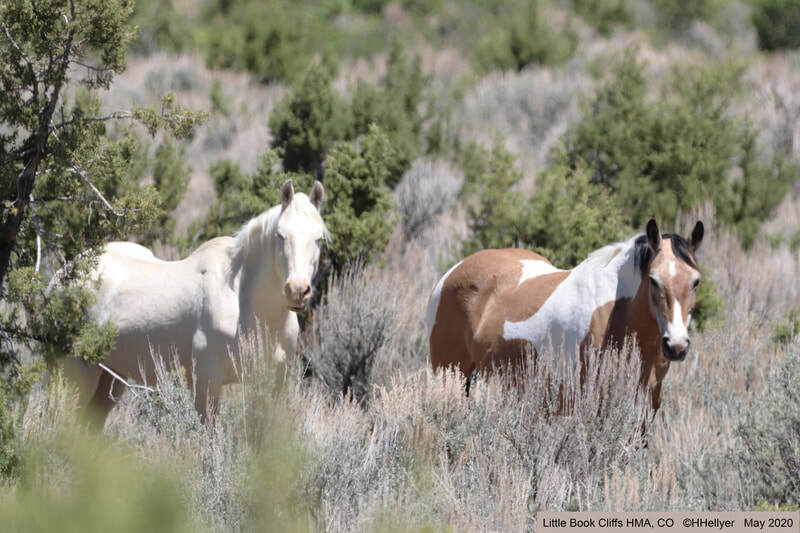
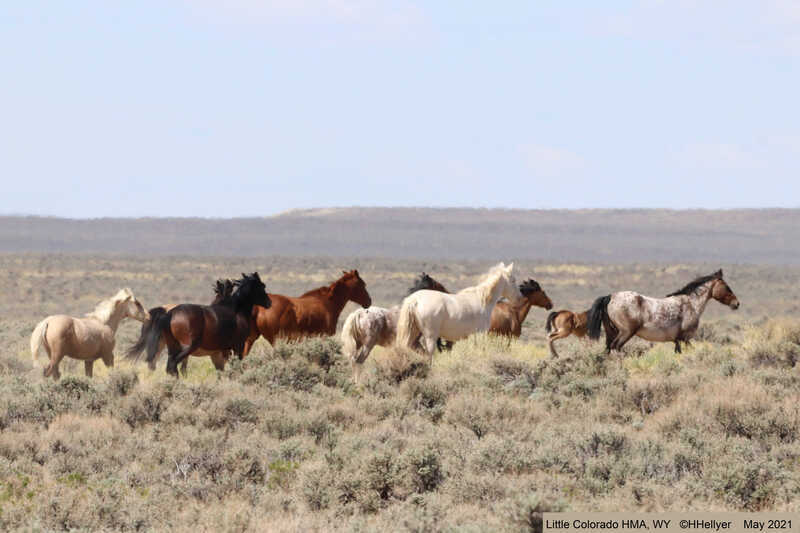
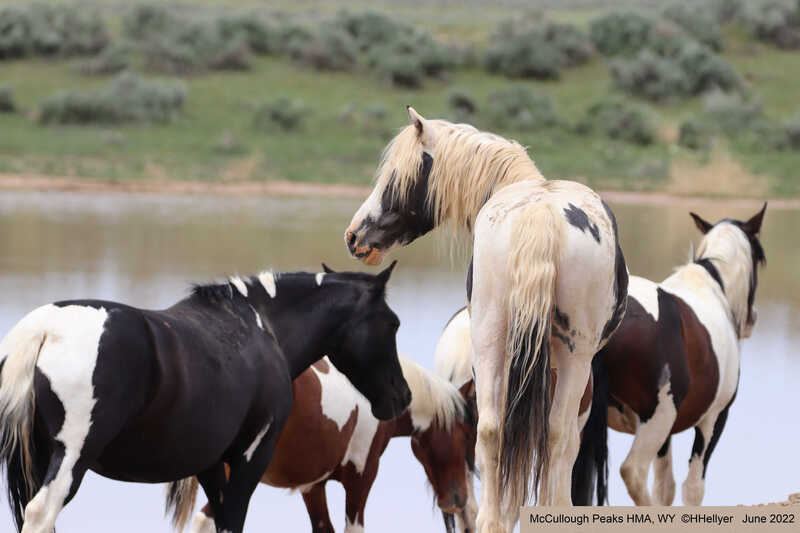
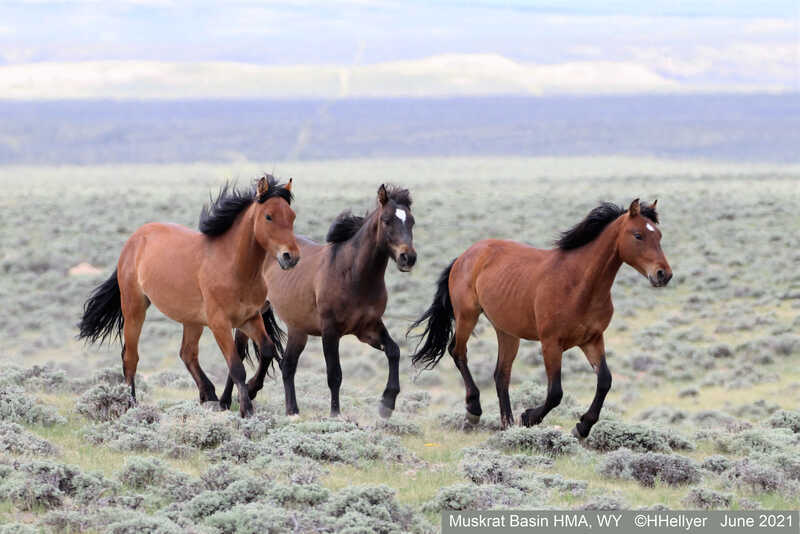
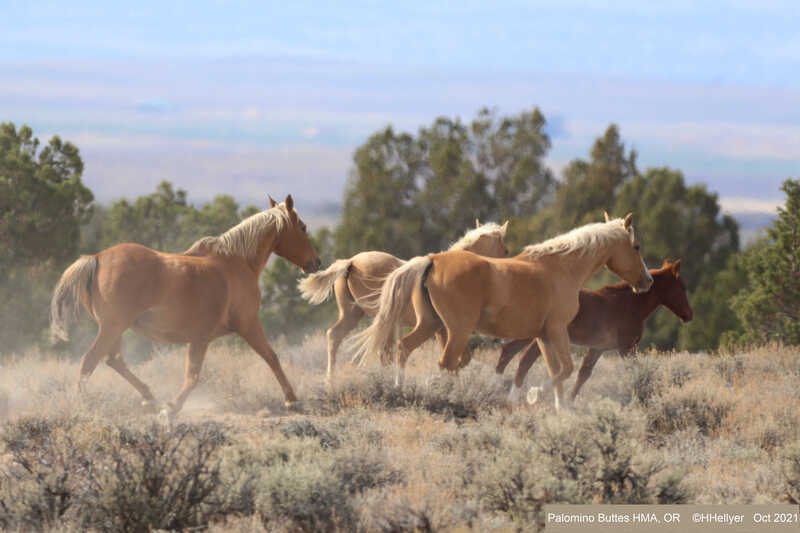
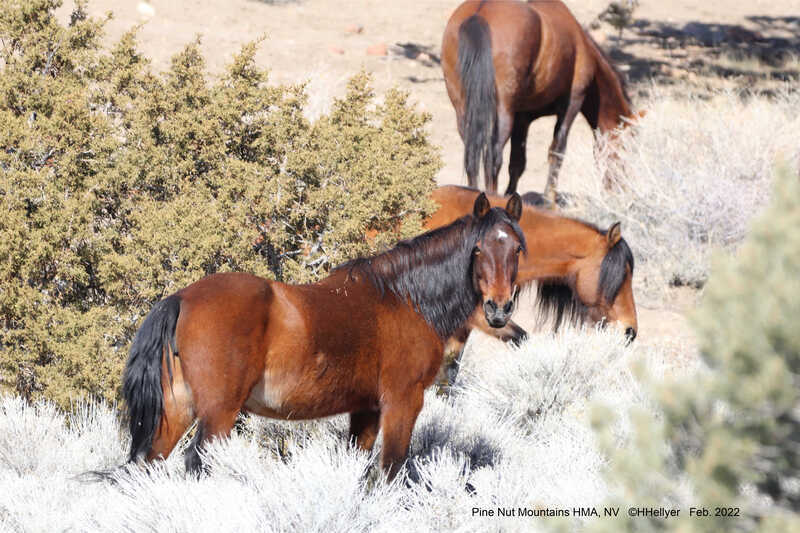
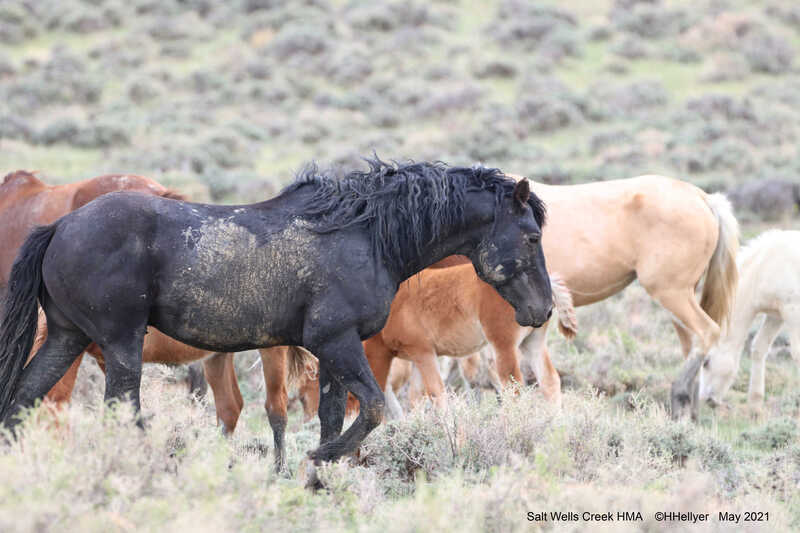
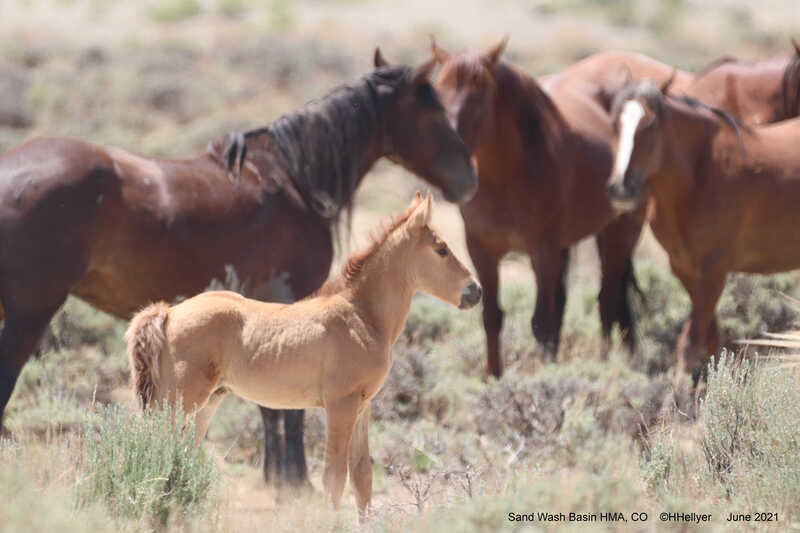
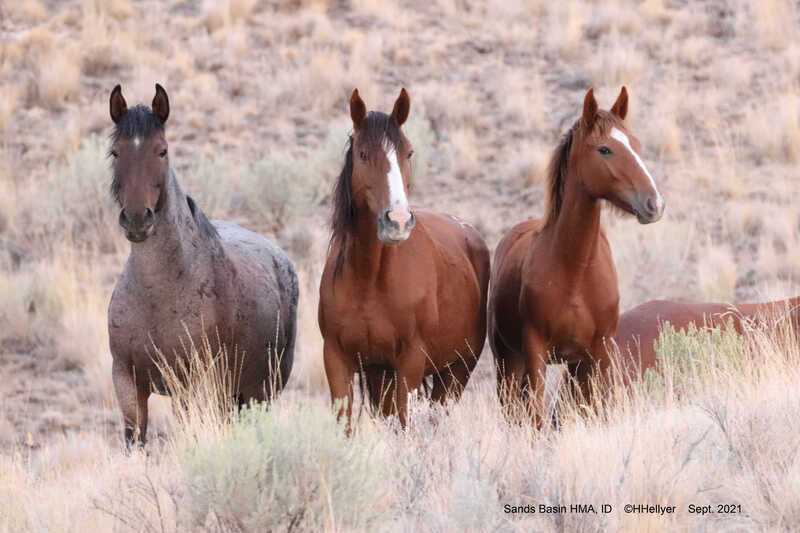
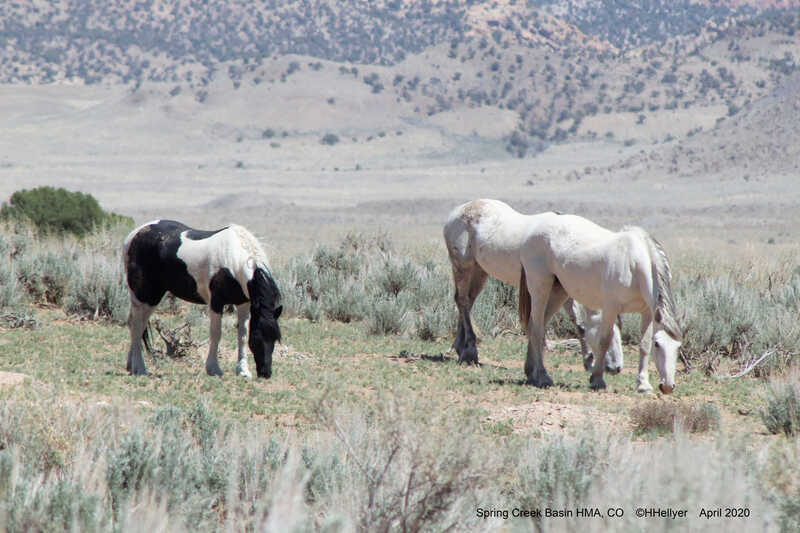
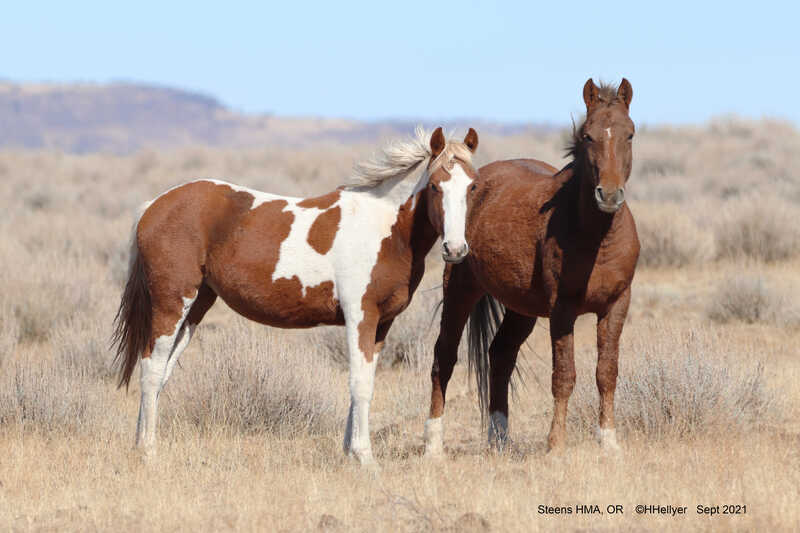
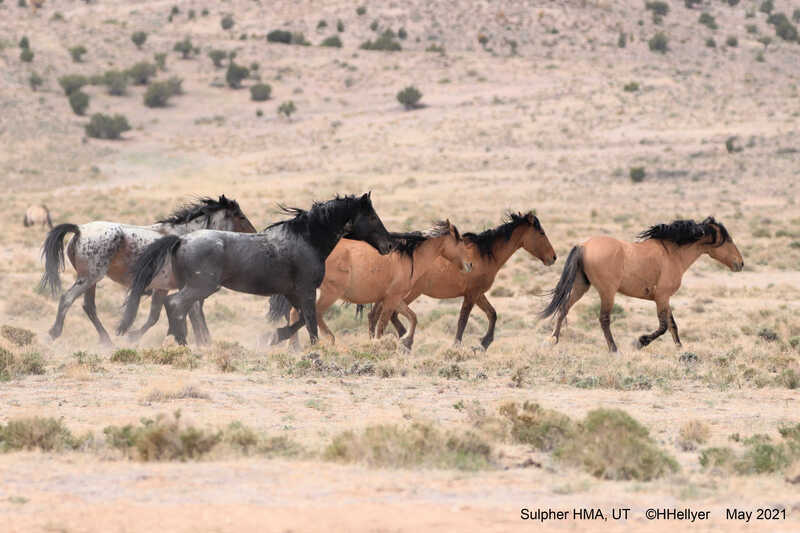
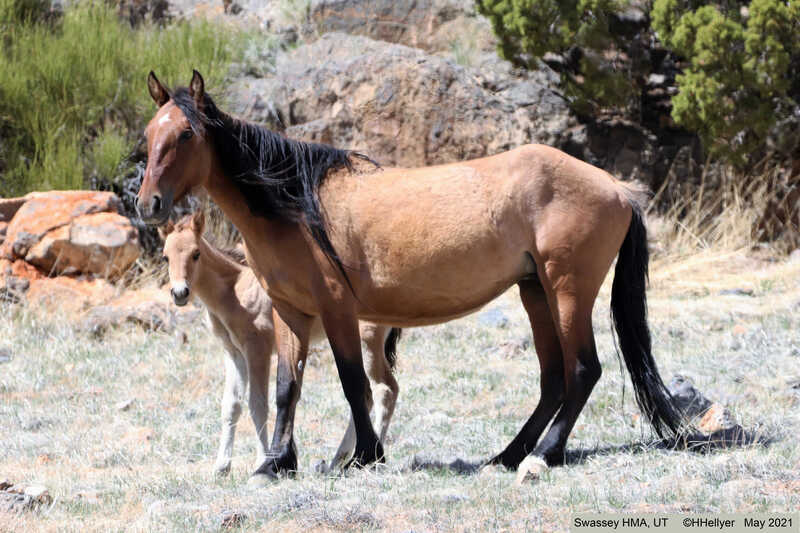
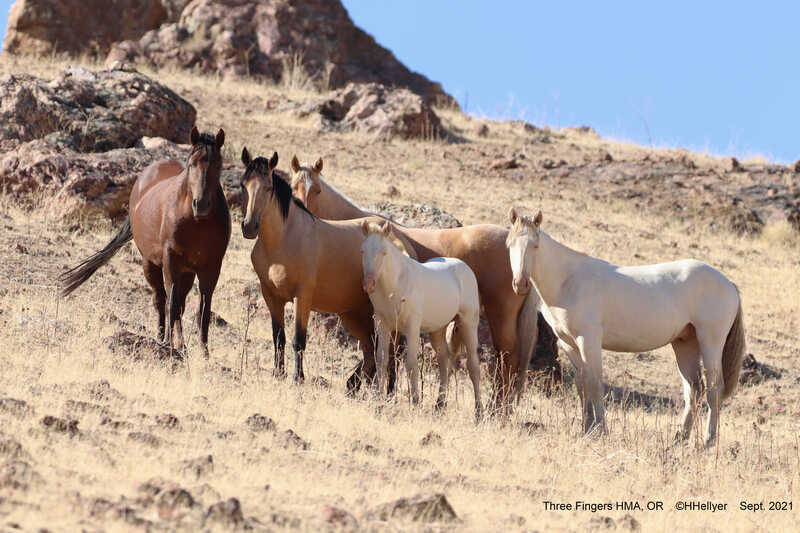
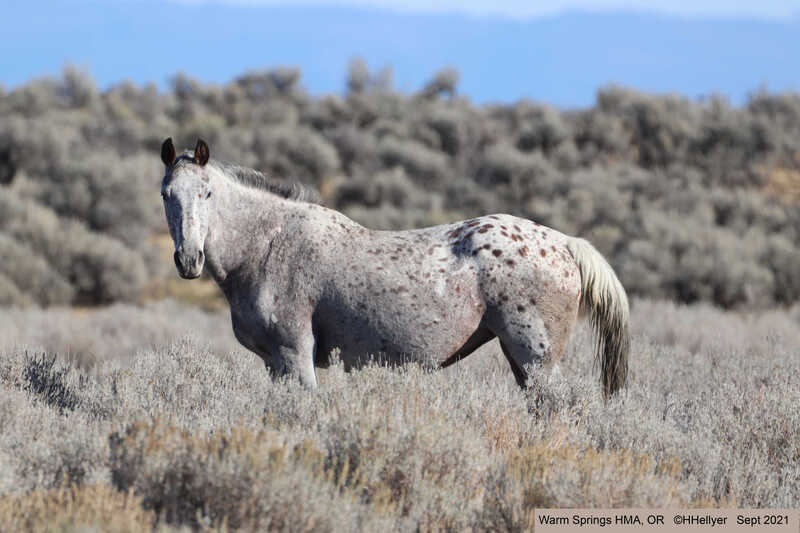
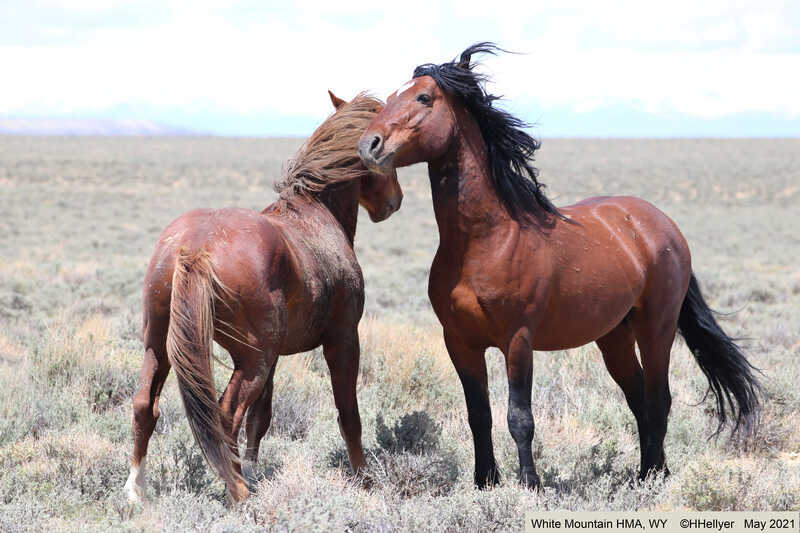
Scroll down to the bottom of this page for herd locations.
There are approximately 165 wild horse and burro herds left in the US that are managed by the Bureau of Land Management (BLM), 30 herds managed by the Forest Service, a few herds managed by the National Park Service, and a few state run herds. There are also wild and semi-wild herds located around the world.
Let me preface this page by addressing the concern that when telling you where to find wild horses & burros on our public and forest lands that I am also telling the BLM and Forest Service know where to find them. That simply isn't true...the BLM and Forest Service already know where the wild horses and burros are. If by chance I found some that were outside of a defined herd area, I would not share their location. But what I have listed below is information that is easily found the the BLM and Forest Service's own websites.
I have personally visited over 50 wild horse and burro herd areas across Arizona, Colorado, Utah, Idaho, Wyoming, Oregon, North Dakota, Maryland, Virginia, Georgia, North Carolina, and Canada. The purpose of sharing with you the location of our few remaining wild horse and burro herds is so that you can go out and enjoy the herds yourself. Bringing attention to many of the smaller herds we have and sharing their photographs will let the BLM, Forest Service, and Park Service know that all herds are important to us and we don't want any more zeroed out.
Nearly all of these herd areas are in remote locations. Some have well-graded gravel roads to make accessibility easy, others don't. Many them contain smaller dirt roads and two-track roads. Sometimes people make new roads that weren't there previously (please DO NOT do this), and most of the existing BLM roads are not kept up with any type of maintenance.
Please take note of the following tips:
• Always stay at least 100 feet from wild horses and burros. While it appears photographers walk right up to wild horses to take pictures, most of us use a 400-600mm lens and crop in photos to appear closer up. Never approach a new foal; mares will abandon foals on occasion if you get too close.
• Do NOT touch or feed wild horses or burros. You can kill them by feeding them human food or grain/alfalfa etc; there are documented cases of people feeding wild horses and burros carrots or apples that get stuck in the esophagus and they choke to death. Just don't do it.
• You will need a high clearance, 4WD vehicle unless I have otherwise noted in the directions
• Please do not take your dogs out on the range with you, or if you do, please do not allow them off-leash or to approach the horses or burros
• Purchase a Road & Recreation Map for the state you are visiting herds in. I use Benchmark Maps. DeLorme maps come highly recommended too. While I list road names in the directions, more often than not there are no road signs out on the range so having a paper map on hand and marking your way as you go is very important.
• Do not trust the GPS on your phone or vehicle. Note where you make turns so you can find your way back on your paper map or in a notebook (many times GPS will appear to show a road which is in fact just a creek or flood wash). My truck's GPS system has a 'cookie crumb' setting that shows me where I have been; if you have that feature I suggest turning it on. It will help you to find your way back out if needed.
• Make sure you have a full gas tank and a good spare tire
• Things to have with you include several bottles of water and snacks, a compass, a shovel, backpack, toilet paper & trash bag, cell phone fully charged and charging cord to plug into your vehicle if you can, a flashlight, binoculars, and your camera with a fully charged battery
• Tell someone where you are going and when you plan to return
• If you come across a ditch or sand wash and you aren't sure about crossing it, don't. Especially if it has water in it.
• Wear good hiking boots or shoes, take a jacket/coat and change of clothes. Muted colors are best for viewing horses but keep brightly colored clothes on hand in case you need to bring attention to yourself. If you visit herd areas in the Fall, be aware of hunting season and always wear brightly colored clothes or get an orange vest to wear. Stay out in the open and not amongst bushes so hunters can see you clearly.
• Take a trash bag with you to not only pick up any trash you see, but also to dispose of your own trash including toilet paper (I can't tell you how many ladies leave toilet paper on the range in popular areas, please don't do this!)
• Watch for wildlife including rattlesnakes. To avoid snakes, try to walk in dirt or grassy areas, not among rocks or bushes. Snakes will rest in the shade of sage brush bushes in the hot summer heat. Watch for smaller dirt mounds with small holes, baby rattlers often live there.
• Stay on the existing roads out on the range, do not go off-road or create new roads
• If it has rained/snowed it is best not to go out; dirt roads out on the range are very slick when wet and you will likely get stuck
• Time how long it takes to get out to the herd area from the nearest paved road and give yourself that same amount of time to get back to the paved road. Unless you are camping you don't want to be out on the range in the dark.
• If you come across a closed gate or fence gate and you go through it, make sure to close it again. If there is a Private Property sign on the gate, do not enter. If there is no Private Property sign then likely the gate is just separating grazing allotments within a herd area on our public lands.
• If you decide to park your vehicle and hike to horses, always keep your vehicle in sight and take water with you.
• If you ever feel like you are getting lost or lose your way, always turn around and go back the way you came from, never continue on hoping to find a way out - that is how people get lost!
If you choose to go out and look for wild horses and burros, you do so at your own risk. I take absolutely no responsibility for your actions or decisions, or for the directions provided to the herd areas on this website. There are some easy places to get to and some really tough places to get to that are very remote and rugged. Again, if you travel out to our public lands, you do so at your own risk. Be smart and use common sense out on the range!
• Wild horses and burros have the incredible ability to heal themselves in the wild of most injuries. The photos below show wild horses who have healed from injuries sustained on the range. If you see a wild horse injured in this way, there is NO reason to call the Bureau of Land Management and report it.
• If you see an injured wild horse at the Onaqui range in Utah, please call the Onaqui Catalogue instead of the BLM at (801)810-9408 or email at info@onaquicatalogue.org
• If you see a wild horse in the wild that has an obvious broken leg, then yes, please call the local BLM office in the area you are in. If you see a wild horse that is limping but has no obvious break, then please leave it alone.
Any injured horse reported to the BLM will likely be put down. BLM does NOT provide any sort of veterinary care to wild horses or burros on the range. They will NOT try to 'rescue' or capture a wild horse or burro to treat it and release it. Wild horses and burros are wild animals. Do not try to treat the animal yourself or even approach it.
(as I get the herd information up the link to the area will go live; if you click on the area and it does not take you to page, then I am still working on updating it)
Coming soon: Wild Horses in the UK, Portugal, Patagonia, Australia, and more!





















